
Carb Cycling Uses and Benefits
Metabolic health requires consideration for eating enough, without eating too much as both ends of the spectrum will interfere with cellular energy production. Carb cycling can be a great strategy for allowing for a wide variety of foods while still benefiting metabolic health.
Within eating enough, but not too much, comes WHAT to eat.
Today we’re discussing one strategy that works really well for a lot of my clients – especially those who tend to feel restricted. This strategy is carb cycling.
What is Carb Cycling?
Carb cycling is a great tool for weight and fat loss without cutting calories, permanently eliminating starches and carbs, and for keeping your metabolism adaptable. This can help prevent you from plateauing and help you adjust your metabolic thermostat to the level you want it at for optimal weight and body composition.
Carbs are often thought of as our primary fuel source. It’s true that every cell in the body can use glucose (which primarily comes from carbs) and that most adults today are consuming primarily carbohydrate based foods. It’s not necessarily true that carbs or glucose is our primary or preferred fuel. We can also run on fat under the right conditions. Some studies show that our body’s preferred fuel is fat, rather than glucose for many cell types.
Fun fact: The red blood cells are the only cell type that must run on glucose because they don’t have a nucleus and therefore don’t have mitochondria. The mitochondria are the powerhouse of the other cells that take fatty acids, ketones, glucose, and certain amino acids and convert them to usable energy.
Metabolic Flexibility
Back to our preferred fuel being fat – studies have been conducted examining how the body uses glucose and ketone bodies when both are present simultaneously and found that the brain and several other cell types readily soak up ketones over glucose. This is because ketones are longer lasting and cleaner burning – so they provide stable energy for longer periods of time. Glucose also requires transporters to get inside the cell. When your body is overwhelmed with glucose or has high levels of inflammation from toxins, infections, stress, or other chronic conditions, the cell’s transporters don’t work as well, rendering less energy from glucose.
How does this relate to carb cycling?
Carbs are the primary driver of blood sugar and blood sugar is the primary driver for insulin. When you have high levels of blood sugar and insulin, your body shuts down the ability to break down stored body fat for fuel. This makes sense right – you wouldn’t want to be using stored fuels when you have fuel already floating in the blood. The problem comes in when you can’t get that fuel into the cell where it can be used. This leaves you feeling tired, cranky, unable to think straight or remember things..even when you’re eating enough total food.
When you cycle through higher and lower carb days, you can allow your body to repair some of these systems, lower your overall glucose and insulin levels, and still get to enjoy some of your higher sugar carbs like potatoes and fruit. When your blood sugar and insulin levels drop, you’re far less hungry and able to tap into stored fat between meals, aiding in weight and fat loss.
How do you do carb cycling?
There are a lot of ways to implement a carb cycling plan and which plan you follow depends a lot on your current health status and goals. If you have progressed type 2 diabetes, a lot of excess weight, and/or other chronic health challenges, you will have different needs than a metabolically healthy person who wants to drop the last 5 lbs. I recommend working with a well-trained practitioner, like myself, to determine an ideal plan for you.
Sample 6 Week Plan
Every week, consume adequate protein with each meal (go back and listen to my most recent protein episode to find out what your ideal protein intake should be). You’ll also consume natural fats with each meal. This can be fat in the food you’re consuming (like avocado, animal fats, etc) or fats you cook with (like butter, avocado oil, or coconut oil). Lastly, every week, you’ll consume 1-2 servings of non-starchy vegetables with each meal (these are generally any above ground vegetable).
What will vary is how many starchier or higher sugar carbohydrates you consume. For the first 2 weeks, keep this to 0-1 servings per day of a higher sugar fruit or vegetable. For weeks 3 and 4, you’ll increase the higher sugar carbs to 2-3 servings per day just TWICE per week.
Weeks 5 and 6, return to the lower carb plan from the first 2 weeks.
This is just one example. Some people can get away with more high carb days, some need to reduce even further until metabolism has been restored. If you have progressed type 2 diabetes, blood sugar imbalances, high blood pressure, or cholesterol issues, I recommend starting with fewer high carb days. If you’re entirely metabolically healthy and just looking for a boost in metabolism…you can try more higher carb days.




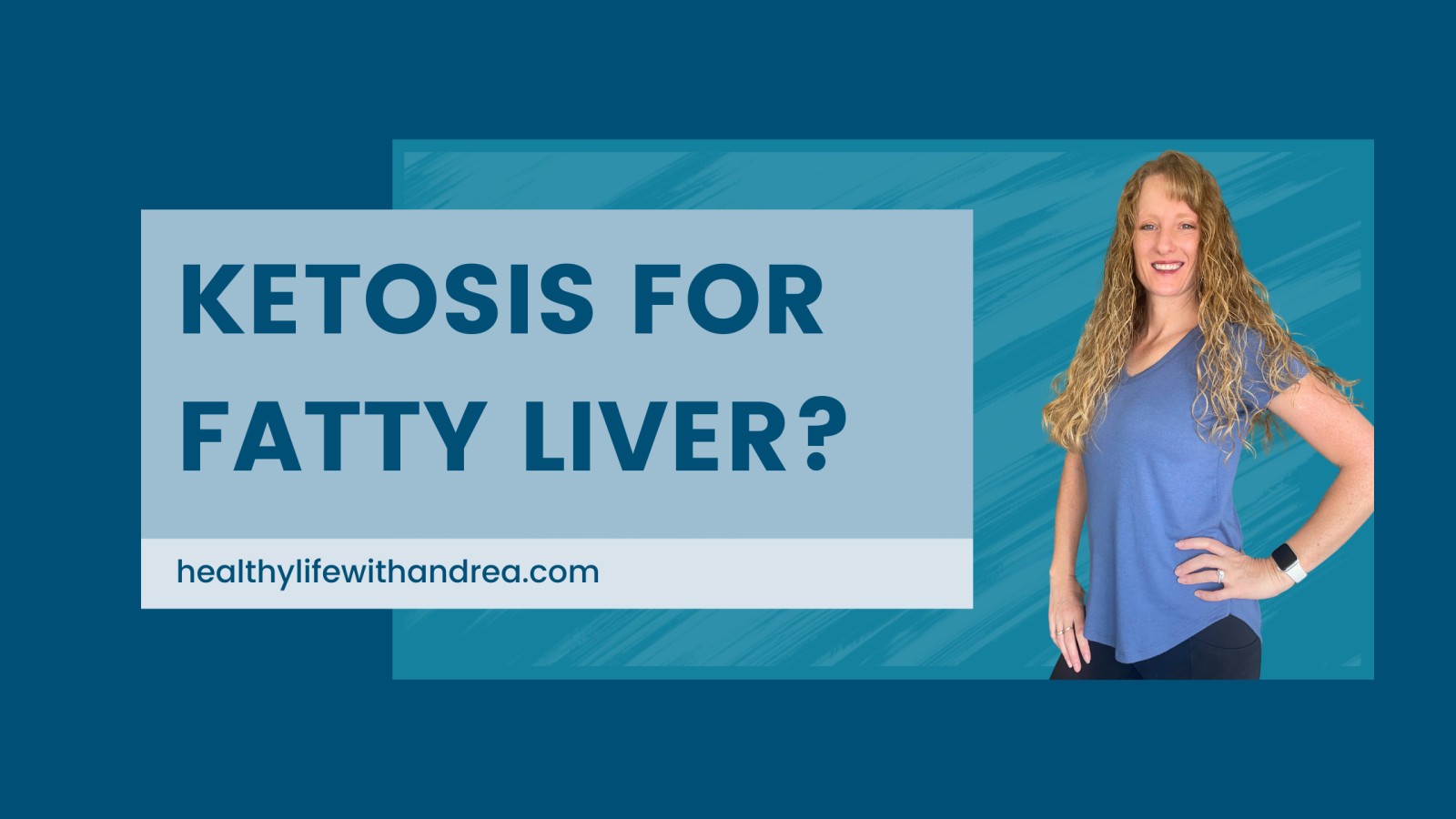
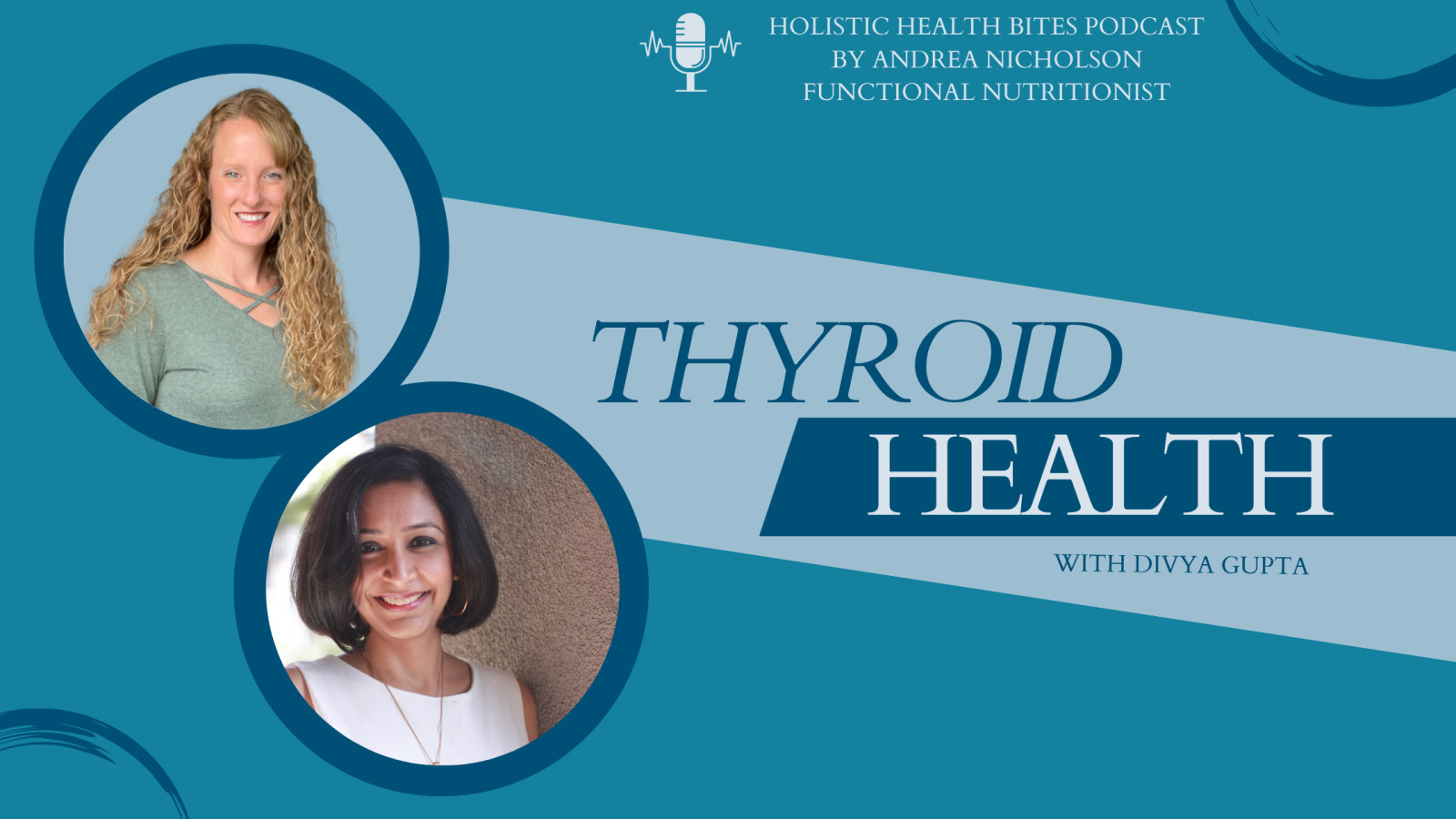
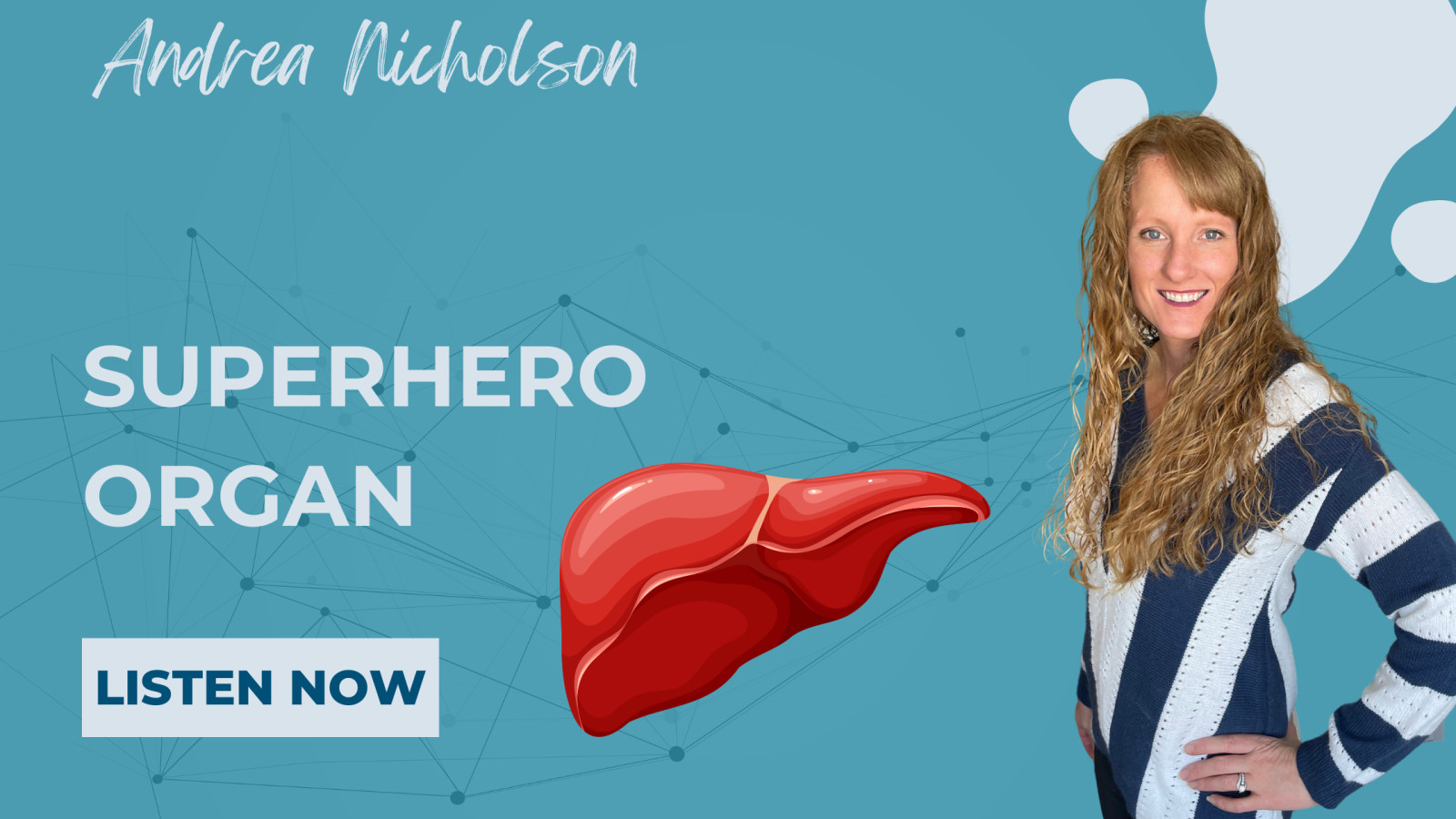




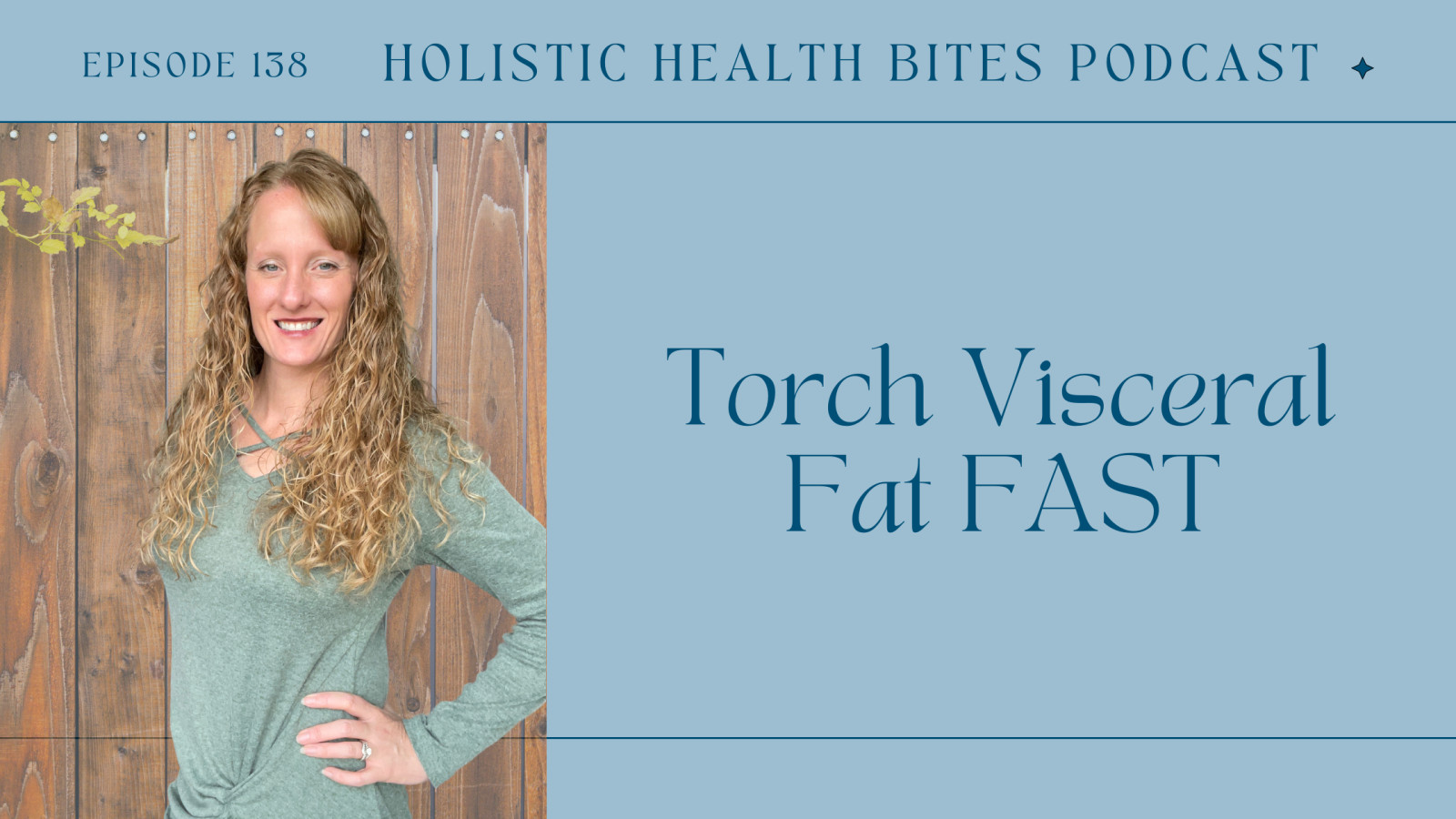
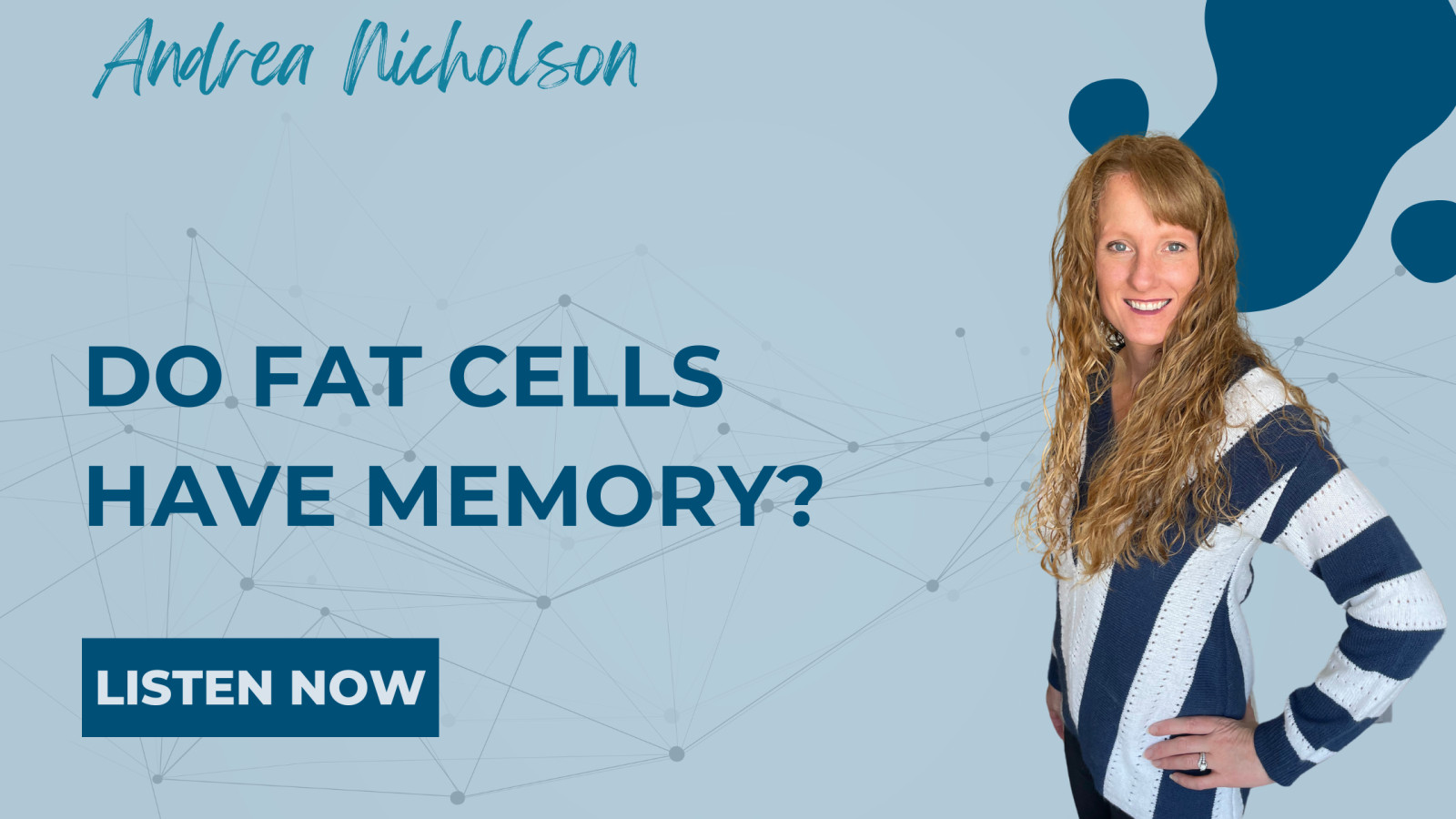








0 Comments